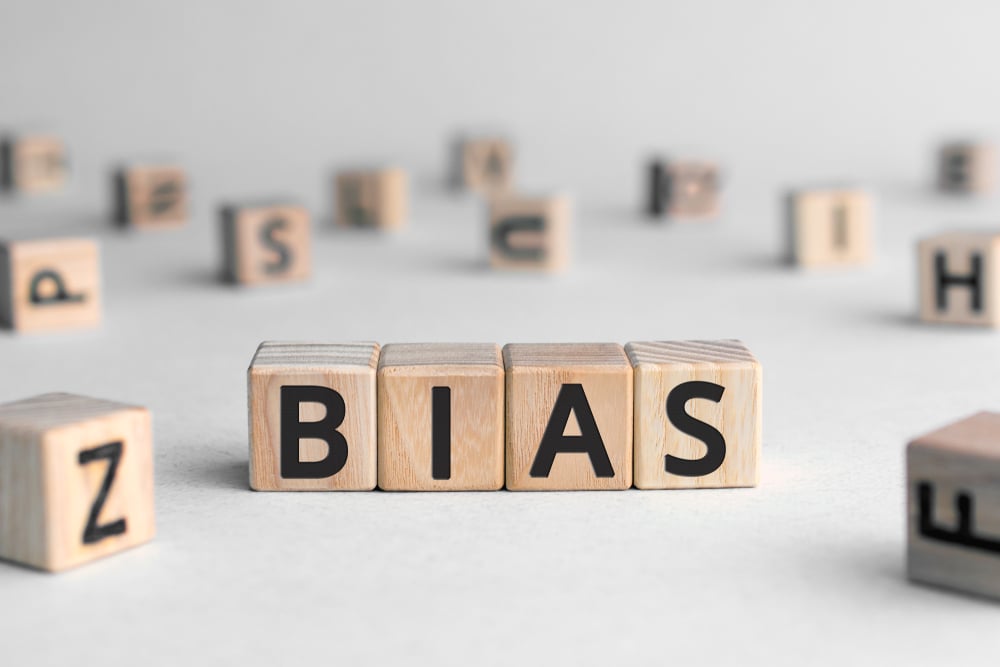CAFC Invalidates Remaining Claim on Data Transmission Patent, Remands Substitute Claims for Collateral Estoppel Determination
“[T]he CAFC noted that the potential for collateral estoppel did not exist until it determined on appeal that claim 8 [of the ‘096 patent] was invalid.”
Today, the U.S. Court of Appeals for the Federal Circuit (CAFC) issued a precedential decision in ZyXEL Communications Corp. v. UNM Rainforest Innovations affirming obviousness findings entered by the Patent Trial and Appeal Board (PTAB) over UNM Rainforest Innovations’ (UNMRI) arguments that ZyXEL’s expert witness misrepresented his contributions to an expert report relied upon by the Board. The Federal Circuit also reversed the PTAB’s finding that one of UNMRI’s challenged patent claims was nonobvious and remanded UNMRI’s substituted claims to the PTAB to consider if those claims are invalid under collateral estoppel.
ZyXEL’s petition for inter partes review (IPR) proceedings at the PTAB challenged claims 1 through 4 and 6 through 8 of U.S. Patent No. 8265096, Method for Constructing Frame Structures. The ‘096 patent protects a method of organizing information for data transmissions that supports newer high-speed wireless broadband standards while maintaining compatibility with older broadband standards. ZyXEL challenged the validity of claims 1 through 4, 6 and 7 of the ‘096 patent based on a combination of U.S. Patent Application No. 20090067377 (“Talukdar”) and U.S. Patent Application No. 20070155387 (“Li”). ZyXEL also challenged claim 8 of the ‘096 patent based on a combination of Talukdar and U.S. Patent Application 20070104174 (“Nystrom”).
De Minimis Changes in Expert Report Speak to Credibility, Not Admissibility
During the IPR proceedings, UNMRI filed a motion to amend requesting preliminary guidance from the PTAB’s Motion to Amend Pilot Program. While that guidance pointed out that UNMRI’s motion did not provide written description support for the entire proposed claim, the PTAB gave UNMRI the opportunity to file a reply to the motion to amend including support that already existed in the ‘096 patent’s specification. Although the PTAB invalidated each claim challenged by ZyXEL’s petition other than claim 8, the Board granted UNMRI’s motion to amend, which added substitute claims 44 through 47, 49 and 50. These substitute claims included a claim limitation from claim 8, specifically a data format compatible for the newer wireless broadband standard having “pilot symbols that are denser than those” used in the older standard.
On appeal, UNMRI challenged an obviousness report submitted by ZyXEL’s expert witness and used by the PTAB as a basis for invalidating the ‘096 patent’s claims. During a deposition, UNMRI learned that the report was created by an expert witness from an earlier proceeding and that ZyXEL’s expert witness in this IPR barely changed the report before signing it for submission with ZyXEL’s petition. The Federal Circuit, however, found no abuse of discretion by the PTAB in determining that these issues impacted the expert’s credibility, not the admissibility of the report.
The Federal Circuit concluded that the PTAB’s obviousness finding was supported by substantial evidence. The appellate court found that a person of ordinary skill in the art would have been motivated to combine Talukdar’s frame structures for legacy and newer wireless broadband standards with Li, which taught the use of shorter symbol periods for faster moving remote units in the context of legacy systems. This motivation to combine finding was supported by the conclusions presented in ZyXEL’s expert report.
CAFC’s Invalidation of Claim 8 Creates Collateral Estoppel Effect on Substitute Claims
Claim 8 of the ‘096 patent included a slightly different limitation regarding the use of pilot symbols, non-data symbols sent at regular intervals to correct for changing channel conditions. As the Federal Circuit pointed out, claim 8 presents a “subtle difference” by claiming pilot symbols that are denser in a newer communication system rather than claiming short periods of time between pilot symbol transmissions as presented by the invalidated claims of the ‘096 patent.
Reversing the PTAB’s finding that claim 8 was not obvious in light of Talukdar and Nystrom, the Federal Circuit noted it was undisputed that the symbol density limitation is present in Nystrom. While Nystrom didn’t explicitly state that denser pilot symbols improve channel estimation or counteract high Doppler shifts, UNMRI’s own expert report provided no reasoning to support the finding that a person of ordinary skill would not recognize the benefits of higher pilot symbol densities for faster mobile users experiencing high Doppler conditions.
The Federal Circuit dismissed ZyXEL’s procedural challenge to UNMRI’s motion to amend for failure to include adequate written description support. Although UNMRI’s use of the pilot program did not eliminate the written description requirement, the Federal Circuit noted that the program existed so that patent owners could correct errors in original motions to amend. Because ZyXEL presented no evidence that it was prejudiced by the PTAB’s decision to allow UNMRI to provide written description report in its reply, the Federal Circuit ruled that any error committed by the Board was harmless.
However, ZyXEL was successful on its argument that UNMRI’s substitute claims should be remanded to the PTAB if the Federal Circuit invalidated claim 8 of the ‘096 patent. Although this argument was raised for the first time on appeal, the appellate court noted that the potential for collateral estoppel did not exist until it determined on appeal that claim 8 was invalid. On remand, the Federal Circuit also directed the PTAB that it may wish to consider that the substitute claims were unpatentable based on the combination of Talukdar, Li and Nystrom, a sua sponte patentability determination that was not raised by ZyXEL.
Steve Brachmann
Steve Brachmann is a graduate of the University at Buffalo School of Law, having earned his Juris Doctor in May 2022 and served as the President of the Intellectual Property […see more]







